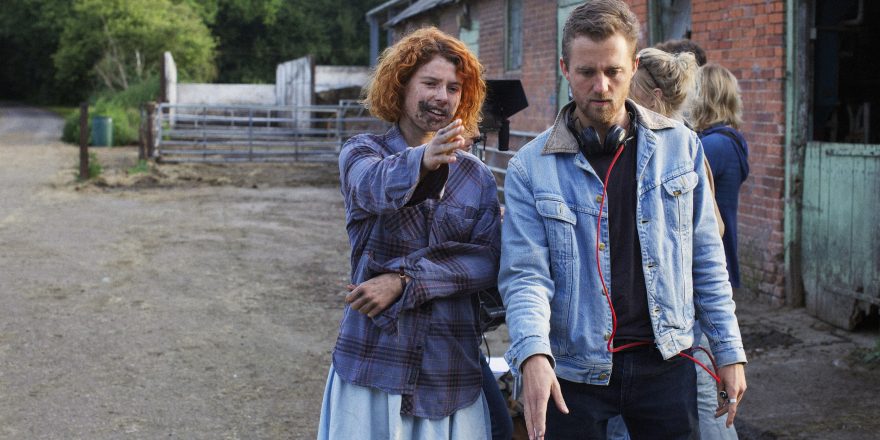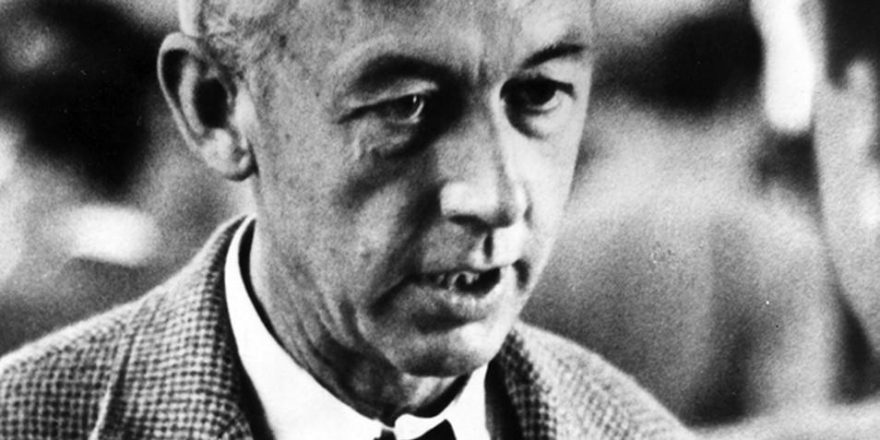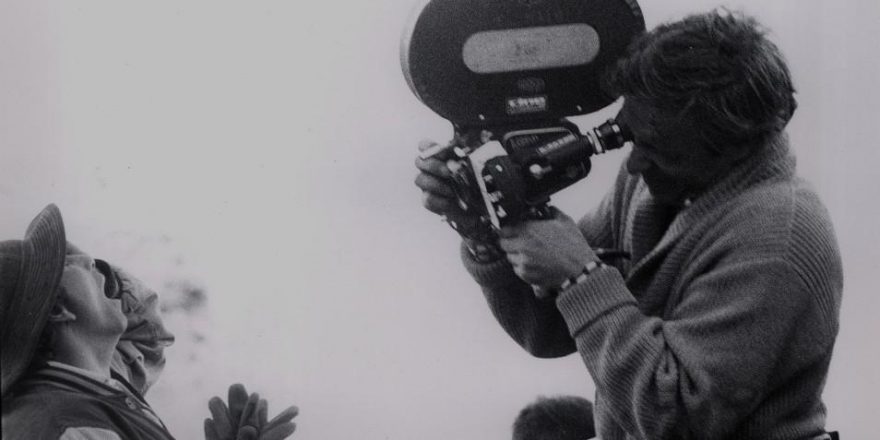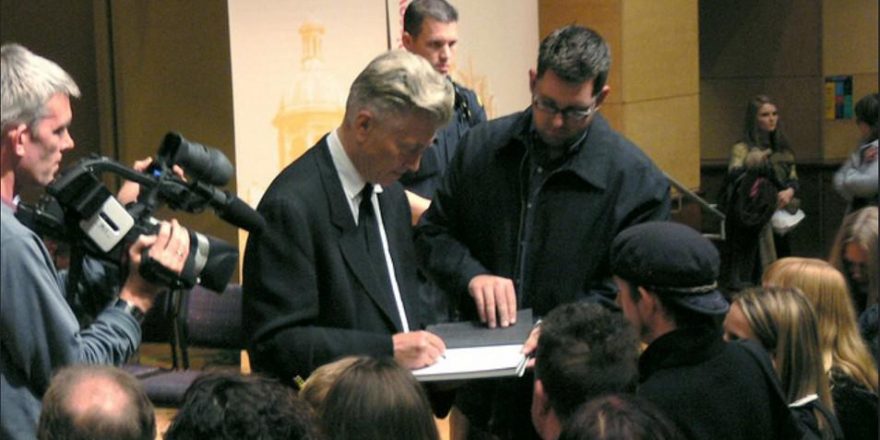I’ve noticed a tendency for up-and-coming directors to underplay their cinematic influences. In interviews, many will say they’re not influenced by other movies, only paintings, or photography, or music, or perhaps an obscure documentary. I don’t doubt they’re genuinely influenced by other art forms, but the absence of cinematic influences always surprises me. Partly because, as directors, I assume they have an unquenchable passion for cinema and will see a lot of things they’d like to employ in their own work. And also because so many established directors talk openly about their influences. Take two of the most distinctive American directors working today: Martin Scorsese and Quentin Tarantino. Scorsese is a human film library; his films are compendiums of cinema’s legacy, his influences densely layered like geological strata. Tarantino is more of a magpie, his work proudly adorned with stolen goods. Is it despite, or because of, their cinematic kleptomania they have such specific and singular voices?
The next most distinguished American director I think of – Paul Thomas Anderson – is also one who is openly influenced by other films. He’s often talked about how he watched The Treasure of the Sierra Madre over and over whilst making There Will Be Blood. How Rebecca and Vertigo informed the story of Phantom Thread. You can’t watch Magnolia without thinking Robert Altman’s Short Cuts, Inherent Vice without The Long Goodbye or Boogie Nights without Goodfellas and Casino:
Similarly, you can’t watch Gus Van Sant’s “death trilogy” (Gerry, Elephant and Last Days) without thinking of Alan Clarke’s films, Silent Light without Ordet, Mulholland Drive without Persona, Drive without Le Samouraï, the list goes on. Not all films are as explicitly indebted to others as these, but all films have a cinematic genealogy, some of which is subconscious and much that is not. So are younger directors being disingenuous when they say they’re not influenced by others? I suspect some are genuine anomalies, but my hunch is that most shamefully conceal their influences to mask insecurities about their own singularity. In the spirit of transparency, I wanted to show my hand and expose the movies that influenced me, and how the development of my tastes informed the films I’ve made.
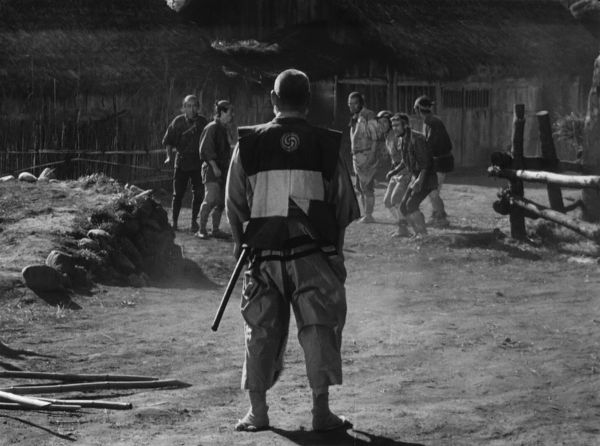
When I was 16, I decided to become a director. Up until then, I had pretty general tastes. I’d seen some of the American classics – Psycho, The Godfather, The Exorcist, Jaws – great movies, but blockbusters of their time. Otherwise, I was strictly into horror or martial arts films, and not even in a discerning way. (The Gate and Kickboxer were my favorites.) Then at art school we had to make a short film. Unsurprisingly, what I made was terrible, but my teacher noticed I enjoyed the process and lent me some VHS tapes of foreign movies. One of the films was Akira Kurosawa’s Seven Samurai. On the surface, it didn’t initially appeal to my 16-year-old self: a subtitled, black-and-white 1950s film set in the Middle Ages. But when I watched it, I was blown away. It dawned on me that cinema was more than entertainment; it was the multi-faceted art form which incorporated all others. Within a week, I knew I wanted to be a film director. I found out Seven Samurai had influenced some of the filmmakers I’d heard of – George Lucas, Francis Ford Coppola, Steven Spielberg. It struck me that cinema was a legacy, and that each film was in a creative dialogue with films that had gone before it. The book Easy Riders, Raging Bulls had just come out, and I quickly devoured it. I fell hard for the romance of that period and watched as much as I could: The French Connection, Deliverance, Chinatown, The Conversation, Dog Day Afternoon, Badlands, M*A*S*H, Carrie. These were the most thoughtful, artful, visceral and lyrical movies I’d ever seen. Another creative dimension opened up to me.
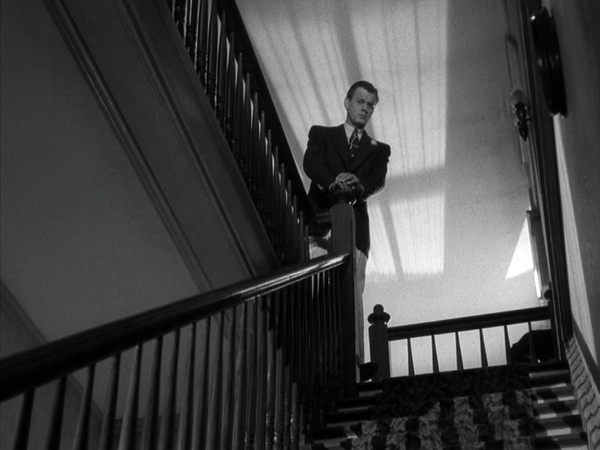
Then I watched the movies that influenced these guys, the films of Orson Welles, Elia Kazan, John Ford, Howard Hawks, Alfred Hitchcock, John Huston, Carol Reed. I made another short film, and this time I tried to steal ideas from the ’40s and ’50s films I was watching, particularly their use of expressive lighting and framing. It was a gangster film, which is sort of hilarious because there are no gangsters where I lived on Jersey (the island off the coast of France, not New Jersey, where there actually are gangsters). I haven’t seen the short since (it’s no doubt also terrible), but at least this time it was coherent and visually dynamic, and it got me into film school.
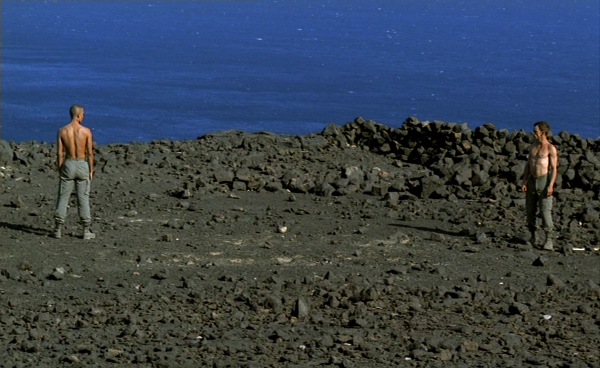
Easy Riders, Raging Bulls talked a lot about foreign filmmakers, but living in Jersey I couldn’t get my hands on any of their films. It’s a small island, so it didn’t have an art-house cinema and the local video stores stocked mostly mainstream movies. Once I was at film school in England, however, for three years I had access to an immense library and spent half my time in a small viewing room deep-diving into the history of world cinema. I had an insatiable appetite and watched everything they had by Ingmar Bergman, Federico Fellini, Andrei Tarkovsky, Roberto Rossellini, Pier Paolo Pasolini, Luis Buñuel, Michelangelo Antonioni, Yasujirō Ozu, Rainer Werner Fassbinder, Kenji Mizoguchi, Robert Bresson, Carl Theodor Dreyer, Luchino Visconti, John Cassavetes. There were so many revelatory moments; each day my perception of the world shifted, another world was uncovered, an aspect of human behavior was enlightened. I also began watching a lot of contemporary auteurs: Bruno Dumont, Claire Denis, Michael Haneke, Abbas Kiarostami, the Dardenne brothers, Béla Tarr, Carlos Reygadas, Zhang Yimou, Catherine Breillat. For my graduation film, I tried to incorporate elements of the films I admired. It was the first short I made which travelled to festivals, won awards and actually affected people.
While at the National Film & Television School where I got my post-graduate degree, my tastes gradually became even more rooted in art-house cinema: Fred Kelemen, Chantal Akerman, Pedro Costa, Philippe Grandrieux were my new role models. I was foraging for the most austere and formally experimental directors. And I was being creatively rewarded, but at the expense of becoming partisan. I became totally disinterested in American cinema and “genre” became a dirty word for me. I’d become tribal in my tastes and would cynically write off anything that was entertaining or over a certain budget as a corporate exercise. For me, Cinema was aesthetically realist, thematically challenging. This was the downside of having influences. My tastes and inspirations so dominantly eclipsed my thinking, they’d become a creative straightjacket. I was wearing ideological glasses as opposed to sincerely engaging with movies on an emotional level.
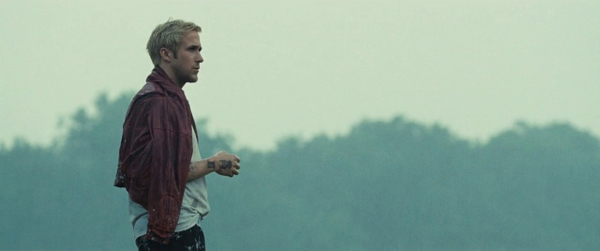
When I graduated, I tried to write my three-hour ascetic, confrontational masterpiece, but none of my attempts at this got traction and deep down I was never convinced the material was that great. Then around 2011, a bunch of debut and sophomore features came out which I really responded to: Winter’s Bone, Animal Kingdom, Martha Marcy May Marlene, Take Shelter, The Place Beyond the Pines. They were character-focused, psychologically complex and aesthetically sophisticated, but they were also entertaining, elevated-genre films made by people who clearly loved cinema. They reminded me of the films that made me want to be a director: movies from the New Hollywood era. They were seductive and challenging in equal measure and they gave me the confidence I needed to make my first feature film.
My film Beast is loosely inspired by “The Beast of Jersey,” a child sex offender who terrorized the island throughout the 1960s. I was simultaneously fascinated and terrified by this story growing up on Jersey in the ’80s, however I’d decided against making a film about it because the subject matter seemed to inherently lend itself to genre. It wasn’t intimate enough and I worried both about the tropes and clichés of a thriller and making an sensationalist film about a serious subject. But after seeing these genre films, and reflecting upon the twists and turns in my own tastes, I realized I could make a personal film and use genre as a Trojan horse to smuggle in the things I was really interested in. I could investigate my fascination with “The Beast of Jersey” and explore my childhood impressions of growing up on the island in the shadow of the case.
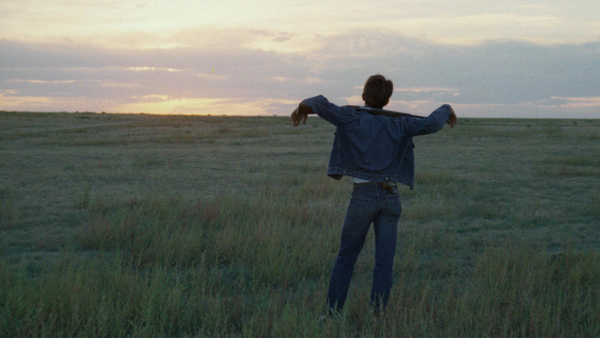
So with Beast, I embraced the diversity of my influences over the years and tried to set any aesthetic ideology aside. Whilst writing the script, I was influenced by some of Hitchcock’s female-led thrillers, Shadow of a Doubt, Suspicion and Marnie, as well as Chabrol’s Le Boucher. I loved the way Bruno Dumont shot landscapes and bodies and made you attuned to the animal nature of the characters. I wanted to incorporate how Jacques Audiard situates you firmly in the subjectivity of the character. I loved how David Lynch made the seemingly most banal environments seem sinister. I wanted to employ the impressionism and fable atmosphere in Terrence Malick’s films. I watched Andrea Arnold for how sensory and tactile her films were. I listened to Lucrecia Martel movies for their rich soundscape. There were many other influences along the way, some maybe surprising, such as Point Break, some more obvious, such as Breaking the Waves, as well as paintings, photography and music. Though Beast is informed by these influences, while making it I felt that their divergent qualities liberated me creatively. They unshackled me from an ideological straight-jacket, invigorated my approach to narrative, taught me how to embrace genre, encouraged me to excavate my characters, helped me unearth my themes and strengthened my ability tell my story in a vivid and arresting way.
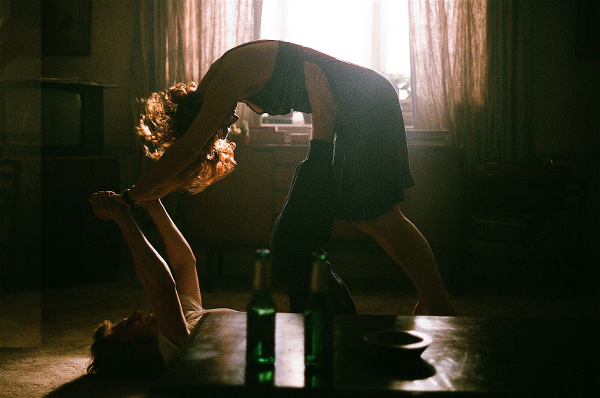
Being influenced by other directors need not be a dirty secret. I think it’s inevitable and actually helps you establish your own filmmaking voice. Your tastes will continue to develop and transform in a way that’s unique to you, and it will be the way that you cross-pollinate and recontextualize your disparate influences that keeps you authentic and inimitable. If art is theft, then it’s the way that each artist arranges their stolen parts that truly distinguishes them.


